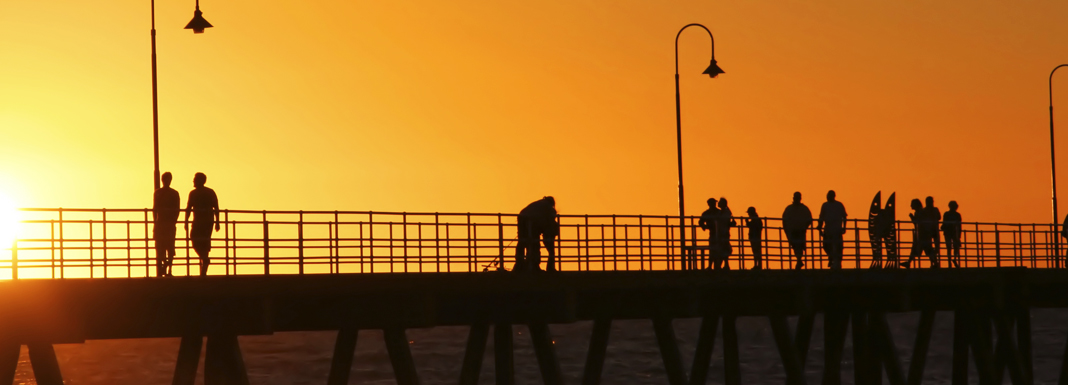
by Dr. Gabe Mirkin | Jun 29, 2025 | Fitness
Northwestern University researchers have developed a breakthrough algorithm that finally makes fitness trackers accurate for people with obesity, achieving over 95% accuracy in measuring calories burned during physical activities. This discovery addresses a critical...

by Dr. Gabe Mirkin | Aug 18, 2024 | Fitness
Having a job that requires prolonged sitting is likely to be associated with increased heart attack and premature death risks unless you also exercise. A study involving 481,688 people followed for an average 12 years found that those who had jobs that required...

by Dr. Gabe Mirkin | Jul 8, 2024 | Fitness
Everyone loses muscle size and strength with aging, to increase risk for disability, accidents, diseases, loss of independence and premature death (J Cachexia Sarcopenia Muscle 2018;9:3–19). Loss of muscle is called sarcopenia. You lose about 10 percent for each 10...

by Dr. Gabe Mirkin | Jun 18, 2024 | Fitness
Cooling down means that after vigorous exercise, you move far more slowly for several minutes before you stop exercising for that session. The main reason for “cooling down” is to keep you from feeling dizzy or passing out after very vigorous exercise...

by Dr. Gabe Mirkin | May 11, 2024 | Fitness
Heat stroke during exercise is a rapid uncontrolled rise in body temperature that can cause you to pass out and can even kill you. It is a medical emergency that can cause permanent organ damage, kidney failure and seizures. It should never happen to you because your...

by Dr. Gabe Mirkin | May 10, 2024 | Fitness
Moving about in the evening is associated with lower risk for heart disease and death in obese adults, compared to being physically active in the morning or afternoon (Diabetes Care, May 2024;47(5):890-897). Evening activity was associated with lower incidence of eye,...







